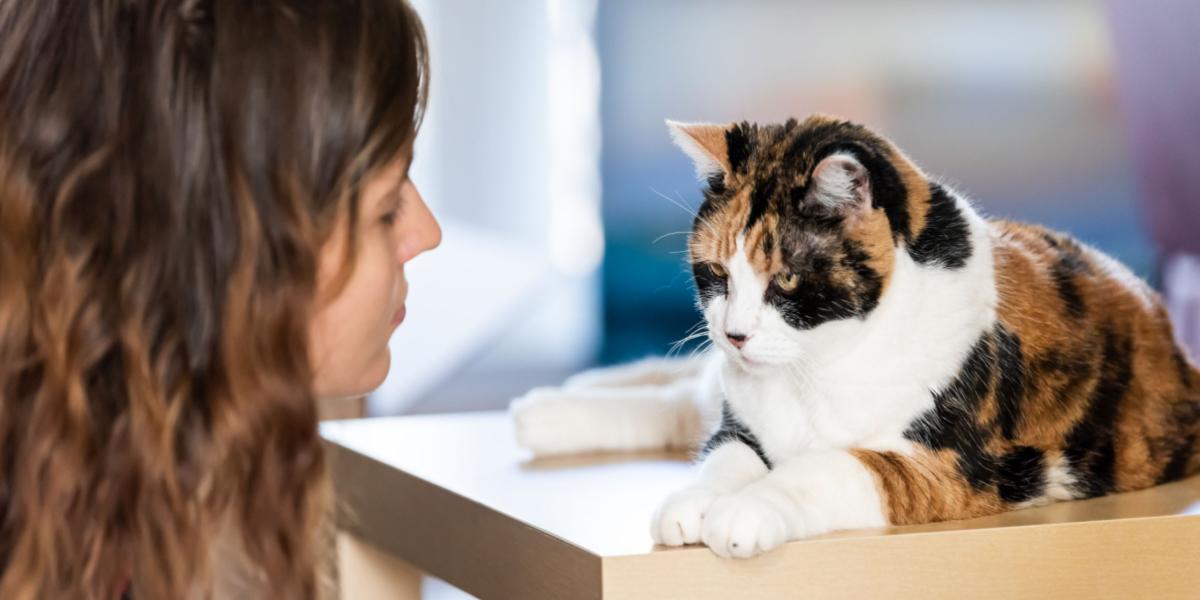how to discipline a cat: Effective Tips on Disciplining Your Feline Friend
Discover the secrets to restoring peace in your home with these unexpected techniques for taming your mischievous feline.
Welcome to our curated guide, where we offer proven techniques and valuable insights on how to effectively discipline your beloved feline friend. Discipline plays a crucial role in maintaining a well-behaved cat and enhancing the bond between human and pet. In this post, we will take you through a step-by-step approach on incorporating discipline into a cat’s routine, ensuring a peaceful and harmonious home environment.
Understanding Feline Behavior
Before diving into the realm of disciplining your cat, it’s essential to understand their unique behavior and natural instincts. Cats are independent creatures with individual temperaments. By observing and recognizing their behavior patterns, you can better tailor your disciplinary methods to their specific needs.
It’s important to distinguish between discipline and punishment. Discipline involves guiding and teaching your cat by reinforcing positive behaviors, while punishment focuses on negative consequences and can lead to fear and stress. Building trust and establishing respect as the foundation of your disciplinary approach will yield the best results.
Positive Reinforcement
Positive reinforcement is a powerful tool in disciplining your feline friend. By rewarding desirable behaviors, you encourage their repetition and strengthen the bond between you and your cat.
Treats, praise, and clicker training are effective ways to implement positive reinforcement. Whenever your cat exhibits good behavior, offer a treat or provide verbal praise to reinforce their actions. Clicker training, the use of a clicker device, is an excellent method to train cats to perform tricks and follow simple commands.
Environmental Enrichment
Unwanted behaviors often stem from a lack of mental and physical stimulation. Addressing the root causes of these behaviors is vital for successful discipline. Creating an environment that caters to your cat’s natural instincts and offers plenty of enrichment can help redirect their energy and alleviate bad habits.

Interactive toys and puzzles are excellent tools for mental stimulation. They challenge your cat’s problem-solving abilities and keep them engaged. Additionally, designing a cat-friendly environment, complete with scratching posts, climbing trees, and hiding spots, provides outlets for their natural behaviors while protecting your furniture and belongings.
Redirecting and Distracting
Identifying problematic behaviors and understanding their triggers is the first step to curbing them effectively. Once you recognize patterns, it becomes easier to redirect your cat’s attention towards more appropriate alternatives.
When your cat engages in unwanted behavior, intervene by gently redirecting their attention to a suitable activity or toy. Engaging them in play or interactive activities not only redirects their energy but also strengthens the bond between you and your pet.
Consistent Boundaries and Set Routines
Establishing consistent rules and boundaries is key to successful cat discipline. Cats thrive in an environment where they understand what is expected of them. Consistency helps them feel secure and enables them to develop good behavior choices.
Implement routines for feeding, playtime, and sleep. Creating a predictable schedule helps your cat anticipate daily activities, reducing anxiety and providing a sense of stability. By using positive reinforcement to reward desired behaviors consistently, your cat will quickly learn what is acceptable and what is not.
Corrective Measures
In some instances, gentle deterrents may be necessary to discourage certain behaviors. Tools such as sprays or noise-making devices can be used sparingly to redirect your cat’s attention away from unwanted actions. Verbal deterrents and squirt bottles are other options, but they should only be utilized when positively associating them with the behavior in question.
It’s essential to ensure that any negative consequences directly correlate with the undesirable behavior. This way, your cat can associate the deterrent with the specific action, facilitating quicker learning and behavior modification.
Patience and Persistence
Disciplining your cat is a gradual learning process that requires patience and persistence. Cats may not respond to discipline as quickly as dogs or other animals, but with consistent efforts, you will see progress over time.

Remember to celebrate your cat’s milestones and progress along the way. Positive reinforcement goes beyond teaching behaviors; it strengthens the bond and mutual trust between you and your feline friend. Embrace the journey and enjoy the process of guiding your cat to become the best-behaved version of themselves.
Conclusion
Disciplining a cat may seem like a daunting task, but with the right approach and mindset, it becomes an enriching experience for both you and your furry companion. Understanding feline behavior, incorporating positive reinforcement, providing environmental enrichment, redirecting unwanted behaviors, implementing consistent boundaries, using corrective measures when necessary, and exercising patience are all key elements to successful cat discipline.
By cultivating discipline in your cat’s routine, you create a harmonious and peaceful home environment that enhances your bond. So, take these tried and tested tips, apply them to your cat’s unique personality, and watch as your feline friend blossoms into a well-behaved and happy companion.






